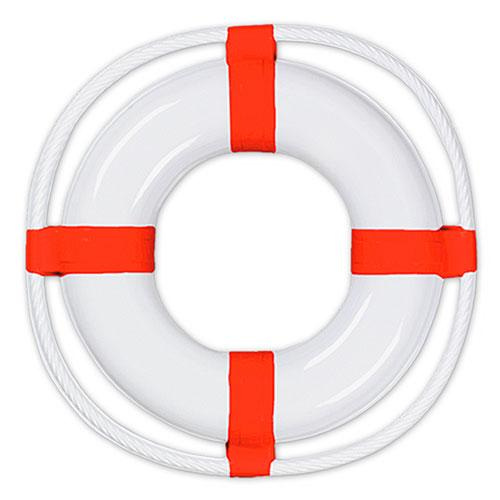Electric Shock Drowning Dangers
Don't swim around any dock that has electric power. And how to save yourself if you're getting shocked in the water!
Spring has nearly sprung! Last month we had 72 degree weather for a few days IN MARYLAND! Wow, that’s crazy for Maryland at the end of February. The motorcycles and convertibles were out on the streets, the Lenten roses and crocus in our garden were blooming, and I’m doing a little grilling with my pellet smoker.
Don’t Swim Around Boat Docks!
And as I was driving by the Potomac River I even noticed a few boats out on the water. So since spring is almost officially here, now is a great time to remind you about the dangers of ESD or Electric Shock Drowning.
What is Electric Shock Drowning?
Well, it’s a close cousin to a Hot-Skin Voltage on an RV, but in many ways much more dangerous. While a Hot-Skin happens on an RV that’s parked on dry land, an ESD occurs in freshwater near docks that have 120-volt electric power for lighting or shore power. It creates a danger zone for anyone swimming or even getting into the water near a boat dock that has electrical outlets or lighting.
Why is it dangerous?
Basically, any object that’s connected to 120-volts AC and making contact with the water can cause the water to be energized with an electrical gradient that reaches out dozens of feet from the point of contact.
Since water is a pretty poor electrical conductor, this voltage gradient will extend out dozens of feet before it fully “grounds” itself. And if you or a family member gets in this voltage gradient, your arms and legs can become paralyzed.
What happens?
That’s when you can simply sink and drown without being able to save yourself. Anyone jumping in to save you will also be incapacitated and can drown. There have been instances where several family members have drowned from ESD while trying to save the family dog.
How to save someone from Electric Shock Drowning
DO NOT jump in the water in an attempt to save someone. Call 911 immediately, then try to get the electric power turned off. It’s best to throw them a life preserver on a rope if you have one and they’re still conscious.
And I’ve noted before, your arms become a dipole antenna if you have them stretched out, so if you get the victim to pull their arms in close to their side, that should help reduce the paralyzing effects for a few seconds. And that may be long enough for them to grab a life preserver. DO NOT jump in yourself as you’ll become paralyzed as well.
Call 911 first before you attempt any rescue
Things can go very badly in only a few seconds, so call 911 first, tell them your exact location and situation, and follow their advice. And make sure that everyone else stays out of the water. I’ve read about situations where six would-be rescuers died while attempting to save save one ESD victim.
And if you do rescue someone who was being shocked in the water, please get them checked out by First Responders ASAP. While ESD rarely causes heart fibrillation from electric shock, if someone in the water touches an energized boat or metal dock, they can receive a huge shock that will stop their heart in seconds.
How to save yourself from Electric Shock Drowning
Turn around and swim away from the dock. The closer you get to the energized dock or boat, the harder it will be to swim and you’ll sink before you make it. So find another way to come ashore.
That’s because no matter how strong of a swimmer you may be, once your arms and legs become paralyzed from electric current, you’re going to sink and go underwater. Many times they find ESD victims within 10 feet of the dock.
Don’t swim around docks with electric power
While in many states the electrical code is now requiring GFCI protection on new boat docks, I wouldn’t trust my life to it. Plus, there are a number of ESD warning floats that are becoming popular. But these devices will only be as good as their maintenance schedule, and I’m not sure how much I trust that.
And realize there must be hundreds of thousands of existing docks that don’t have any sort of GFCI protection or ESD warning devices at all. So don’t risk it. Don’t swim anywhere near a boat dock or moored houseboat that has electric power. It’s just not worth the risk.
Let’s play (and swim) safe out there…- Mike












Thanks Mike for spreading awareness of Electric Shock Drowning. I thought it might be helpful to provide a reference for those who would like to learn mores . The website of the Electrical Shock Drowning Prevention Association has some great references and videos on ESD causes and prevention.
https://www.electricshockdrowning.org/#:~:text=The%20Electric%20Shock%20Drowning%20Prevention%20Association%20is%20a%20501(c,danger%20of%20Electric%20Shock%20Drowning.
This should be the responsability of the local inspectors to be sure the proper GFCI breakers are installed at all dock locations. Also owners need to be accountable for proper storage of all electrical cords instead of just leaving they lay around wherever they fall which in turn could end up in the water.